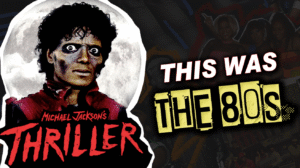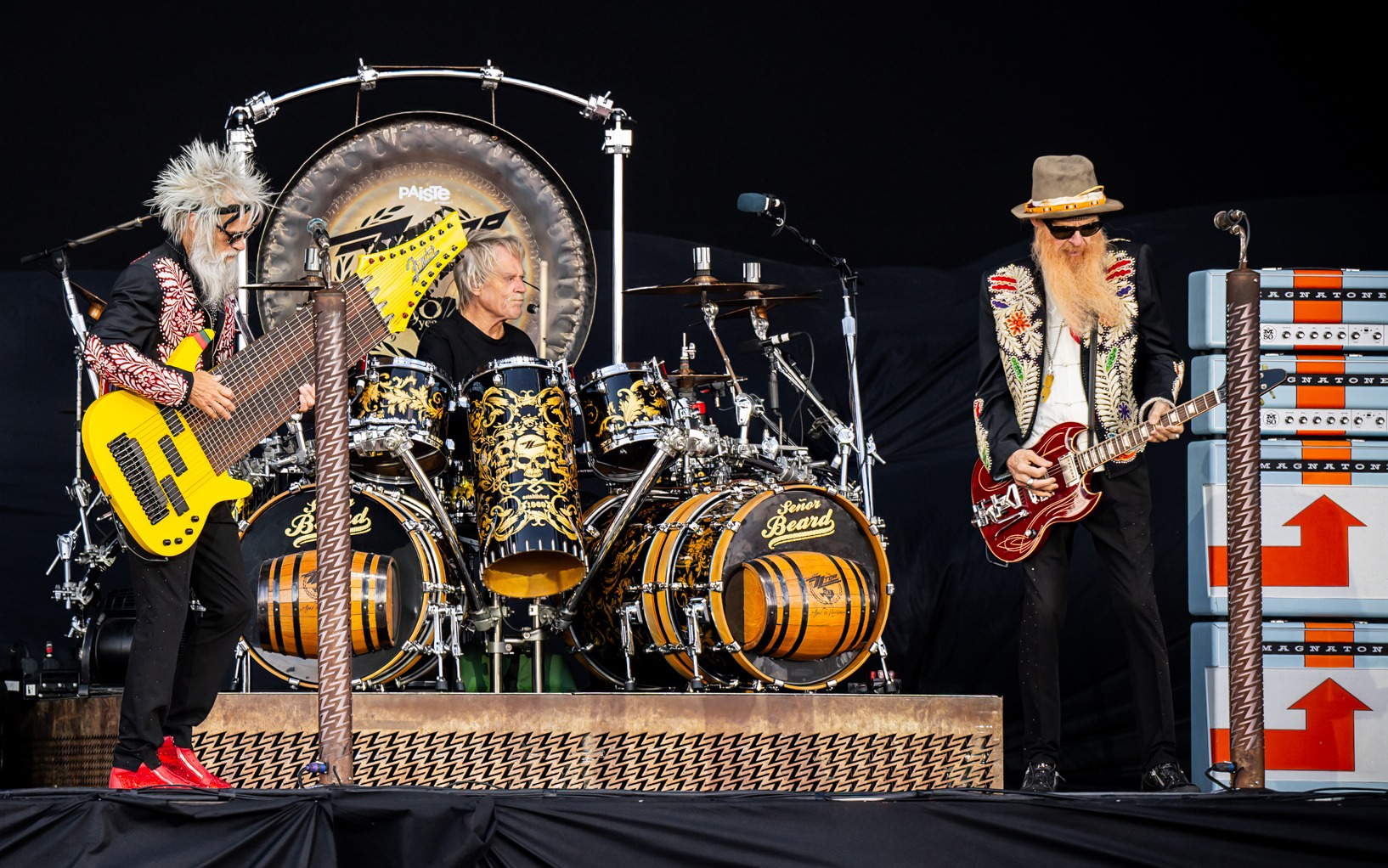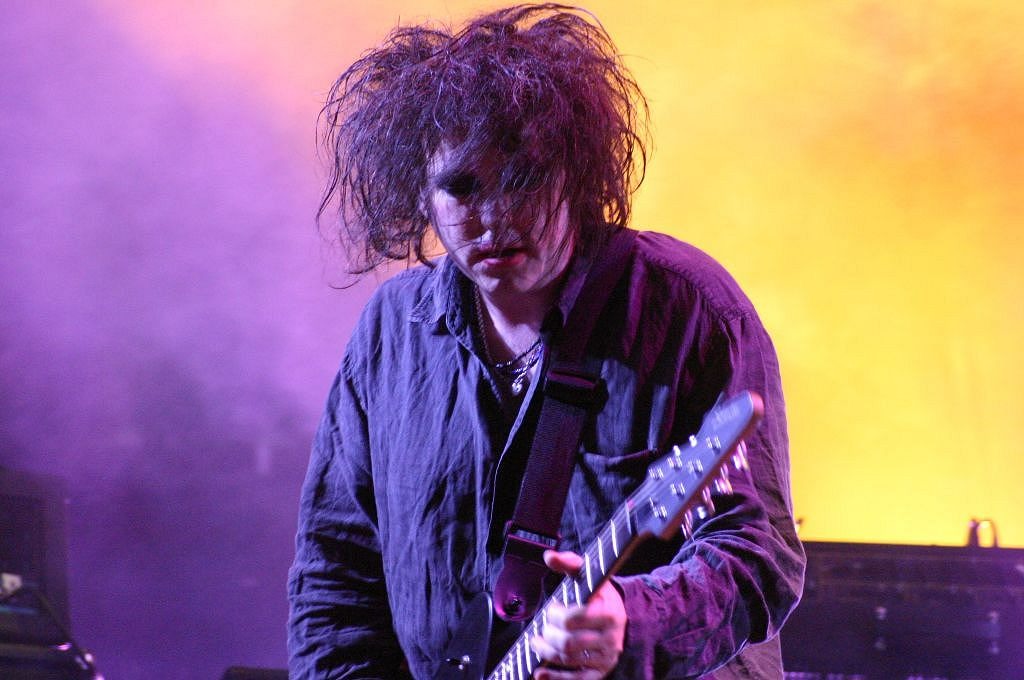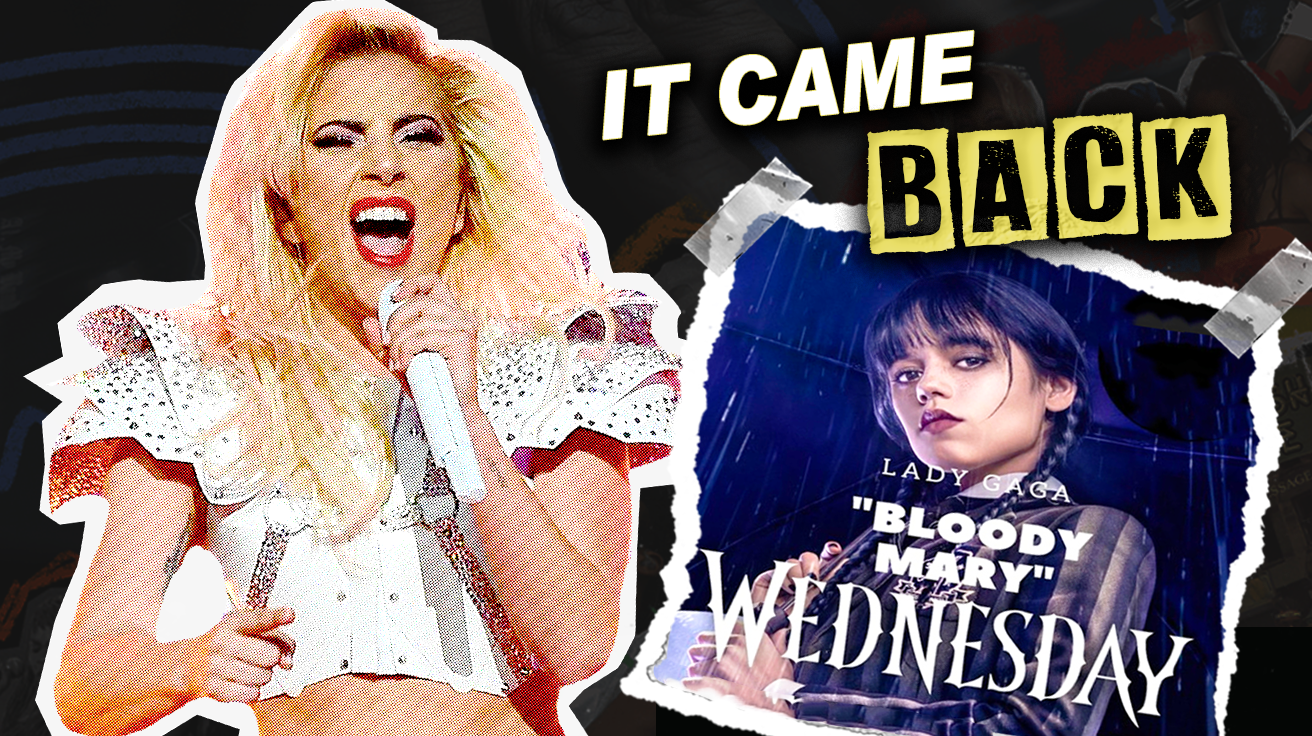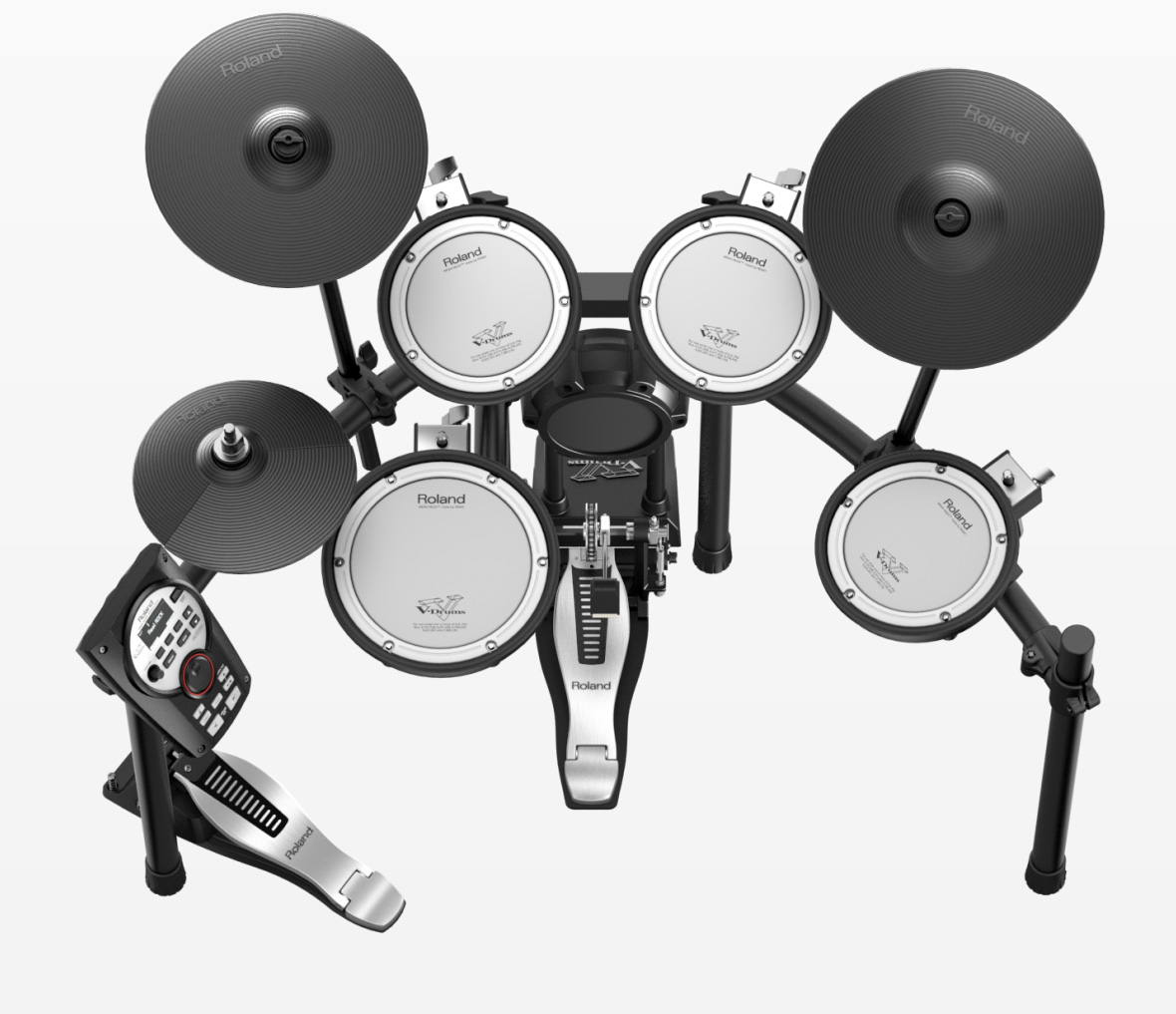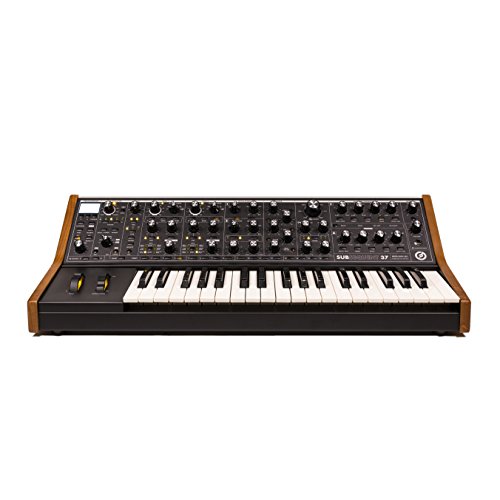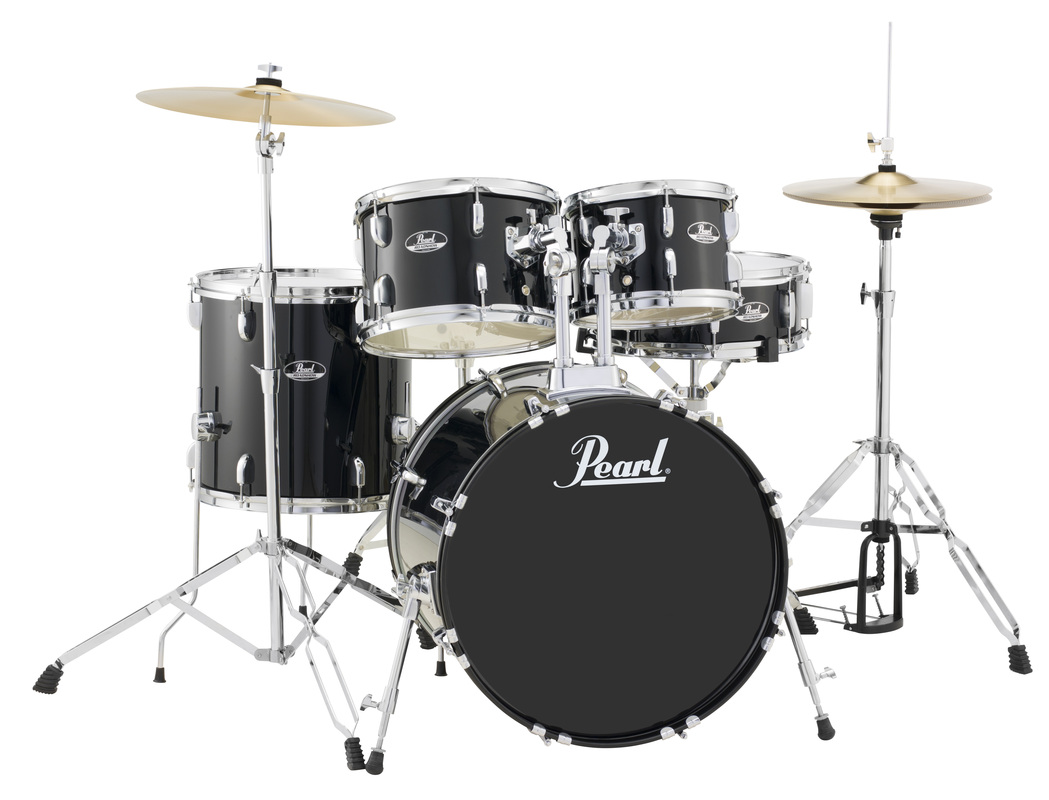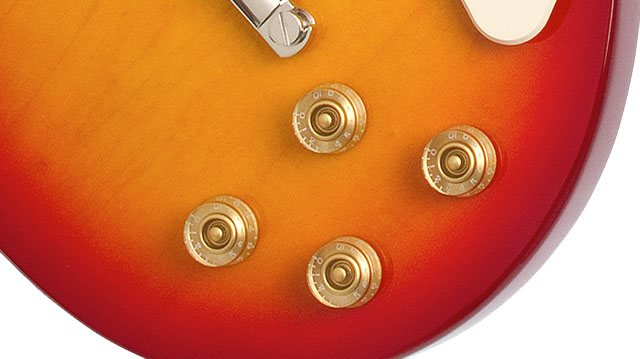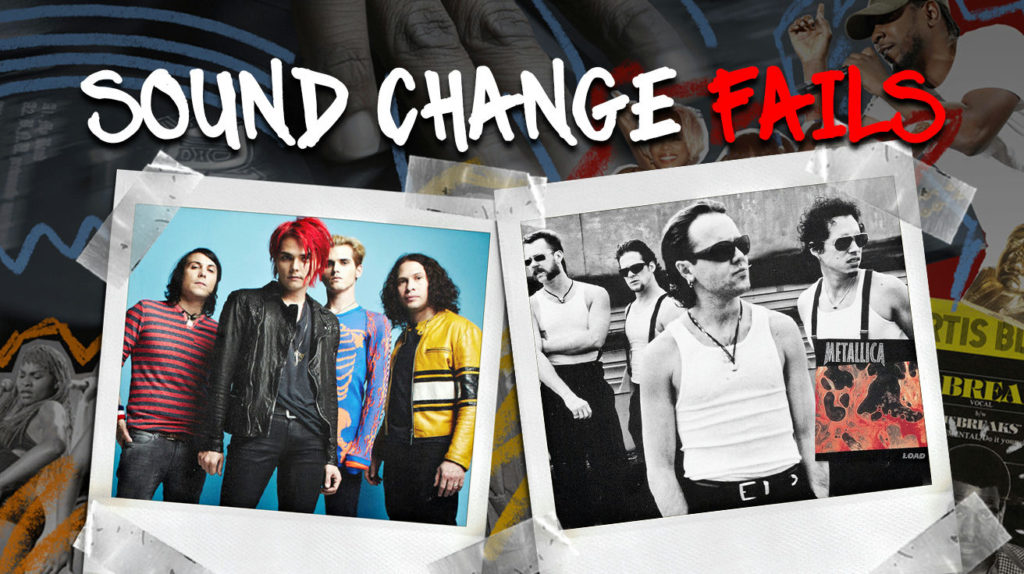
Have you ever watched a band completely reinvent their sound? Musical evolution often sparks heated debate among loyal fans. Some see bold new directions as artistic growth. Others view these pivots as betrayal of core values. The results range from brilliant reinvention to career suicide.
Musical evolution sparks heated debate. Fans split between those who see new directions as growth and others who view these changes as betrayal. Sometimes bands hit the jackpot with bold new sounds. Other times they crash and burn.
12. Korn – The Path of Totality

Dubstep crashed into metal when Jonathan Davis led Korn into electronic territory back in 2011. They teamed up with Skrillex to create what they called “future metal” – a risk few rock bands would take.
Early numbers looked good with a #10 Billboard spot and industry awards. But this experiment flopped in the long run. The electronic elements didn’t age well, and these songs rarely make it to live shows anymore. Fans just weren’t buying what Korn was selling, It just wasn’t what fans wanted to hear.
Despite moving 55,000 copies at first, this weird blip in Korn’s catalog now sits like that expensive gadget you bought that gathers dust in your closet.
11. Bad Religion – Into the Unknown
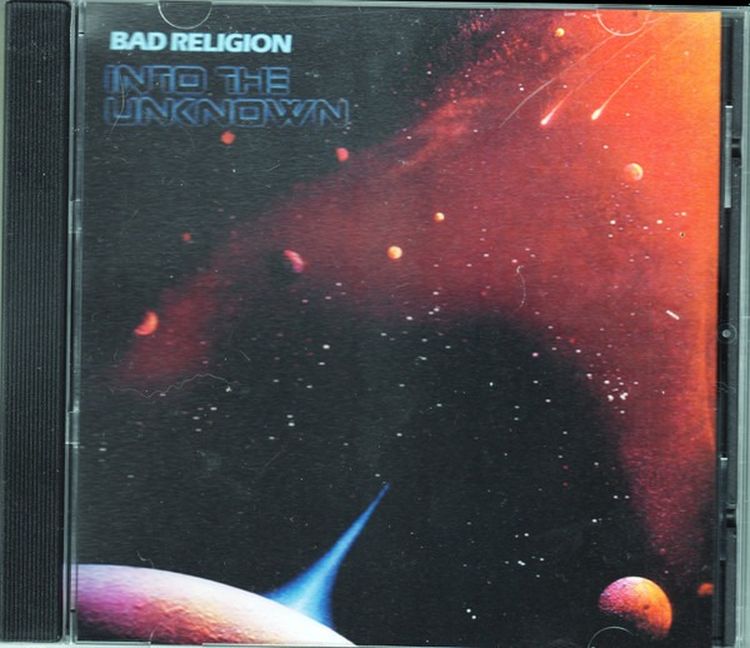
Punk rock rules got tossed out the window in 1983 when Bad Religion shocked fans with prog rock dreams. This wild detour turned their early records into collector gold while nearly killing their career.
Brett Gurewitz once joked about the label shipping 10,000 copies only to get 11,000 returns – math that doesn’t work but perfectly captures how badly fans hated it.
The backlash split the band apart for a while. This strange album vanished until they reluctantly included it in a 2010 box set.
“Into the Unknown” stands as punk’s most radical genre jump – like your favorite burger joint suddenly serving molecular gastronomy. This bizarre move almost wrecked their name before “Suffer” saved them in 1988.
10. Bring Me The Horizon – Amo

Sleek electronic production redefined Bring Me The Horizon in 2019, pushing them beyond metalcore limits. Oliver Sykes brought in Grimes and others while ditching their heavy roots.
This calculated move scored chart wins in the UK and Australia plus Grammy buzz, even as loyal fans complained.
Initial UK sales hit 27,000 units, but the divide grew wider. Their next release “POST HUMAN: SURVIVAL HORROR” brought back heavier sounds, showing they knew they needed balance.
Live shows reveal this split clearly – crowds stand still during new songs but go crazy for the heavy stuff. Finding the sweet spot between fresh ideas and what made people care about you first challenges even the smartest bands.
9. Motley Crue – Generation Swine
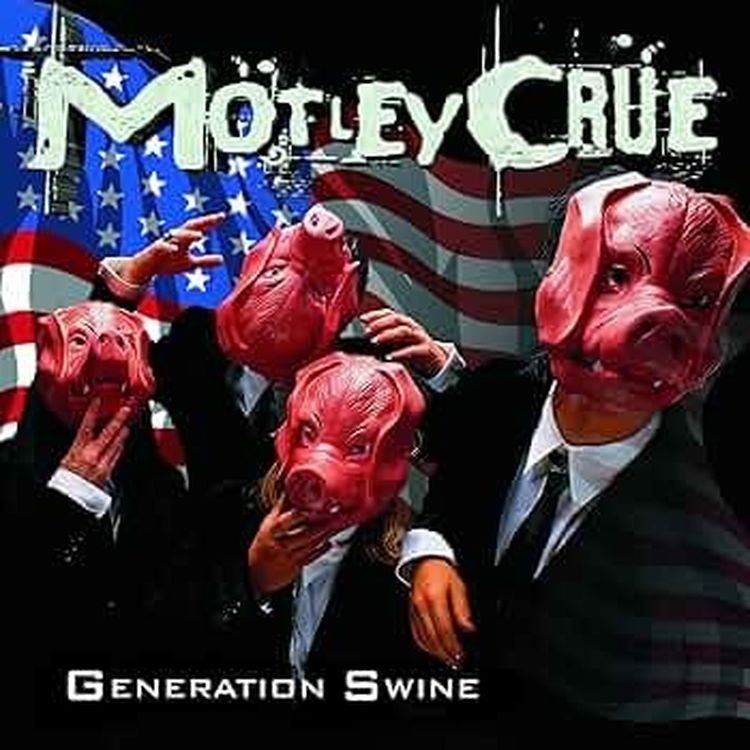
Stuck between eras, Mötley Crüe’s 1997 reunion with Vince Neil fell flat in a music world that moved on without them. Their comeback attempt failed from day one.
Trying too hard to seem current, they awkwardly mixed in alternative and industrial elements. Despite briefly hitting #4 on Billboard, the album quickly disappeared from everyone’s radar.
Too many competing ideas killed any chance at making sense. Listeners got a jumbled mess instead of a clear statement.
Behind the scenes, fights got worse, eventually driving Tommy Lee to quit. “Generation Swine” perfectly shows a once-huge band lost at sea – unable to recapture old magic or successfully try something new.
8. Muse – Simulation Theory
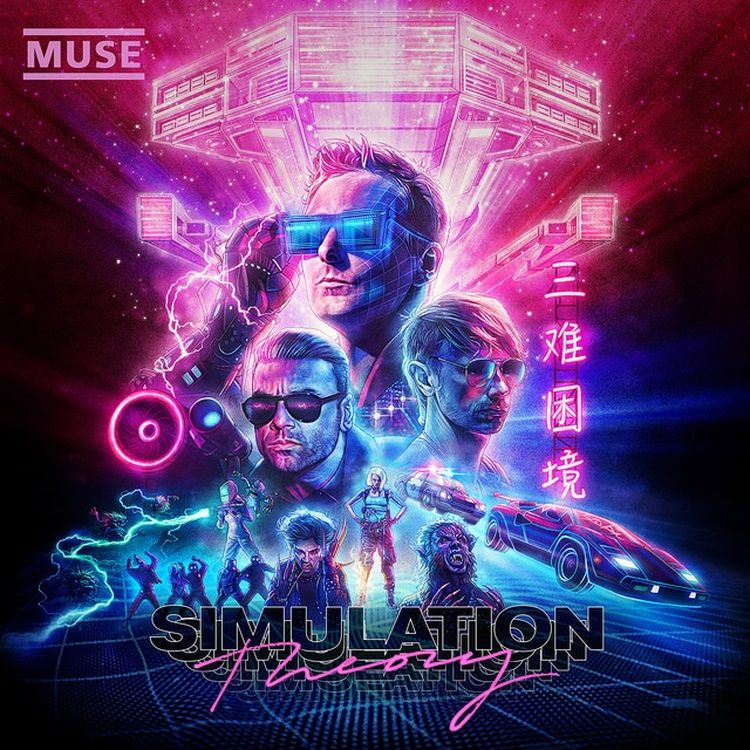
If you worship ’80s nostalgia, Muse’s 2018 neon-soaked retrofuturism aimed right at you. Matt Bellamy brought in Timbaland and big producers to build their most electronic album yet.
While hitting #1 in the UK, this direction turned off loyal fans who wanted the complex prog-rock of earlier albums.
Critics gave a lukewarm 63/100 on Metacritic, seeing the project as trend-chasing rather than true innovation.
Initial global sales of 64,000 units couldn’t hide that Muse showed up late to a retro party already winding down. Where they once led with new ideas, Simulation Theory offered imitation instead of invention.
7. My Chemical Romance – Danger Days
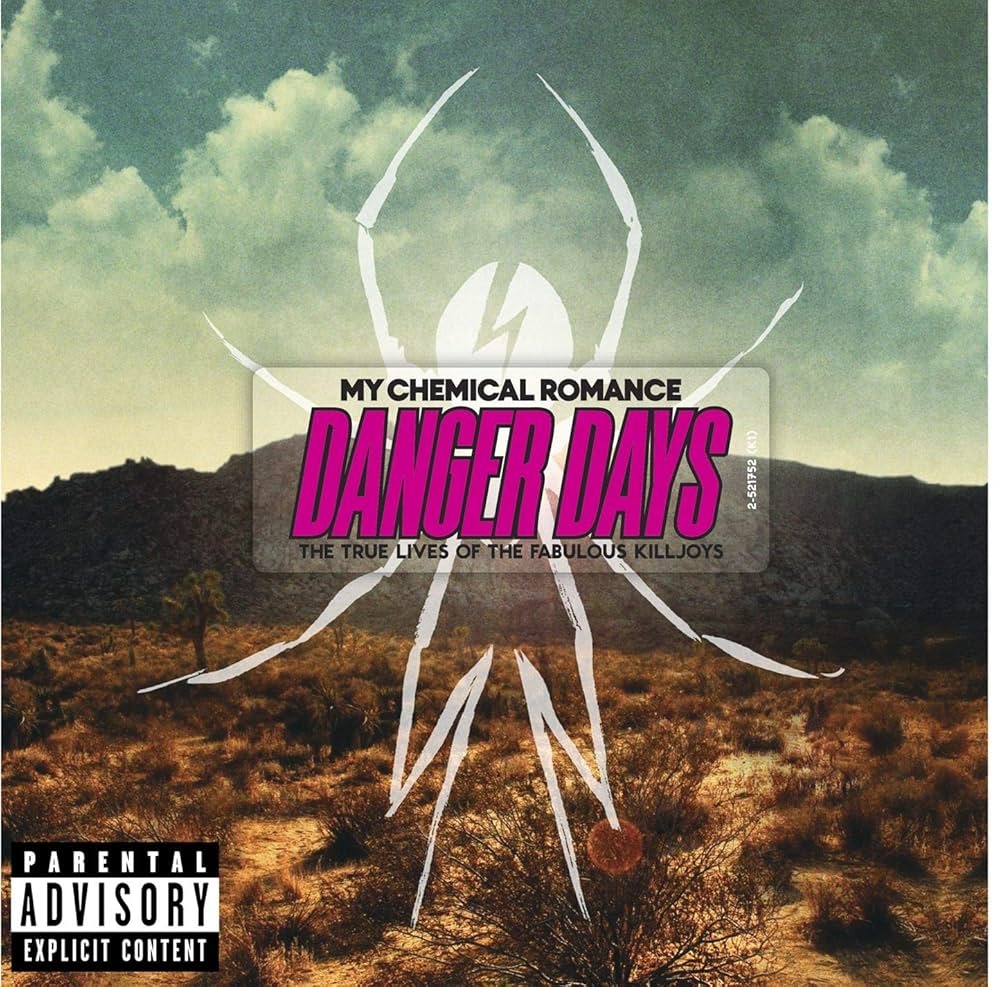
Bright colors replaced gothic black when Gerard Way unveiled “Danger Days” in 2010, shocking their emo fan base. Listeners found themselves thrown into a California wasteland full of neon instead of familiar darkness.
This dramatic shift confused those who loved their melancholy vibe. The album landed at #8 on Billboard, selling 112,000 units its first week.
Critics gave decent 70/100 Metacritic scores while UK sales earned gold status.
After they broke up in 2013 and came back in 2019, fans started to appreciate this bold move more – similar to how cult movies often gain fans years later. This colorful rebellion against what everyone expected stands as their bravest artistic choice.
6. Slayer – Diabolus in Musica
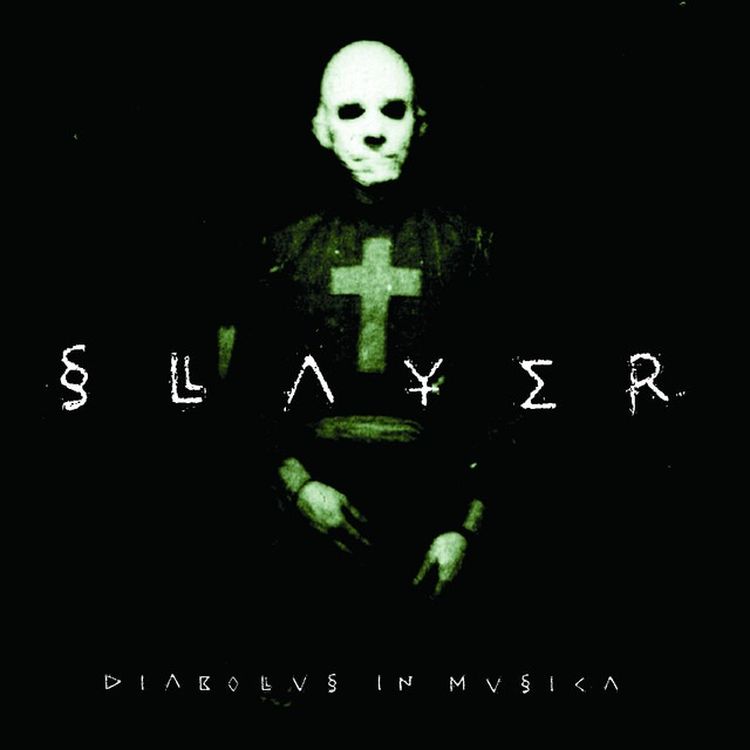
Thrash metal pioneers became followers in 1998 when Tom Araya and Slayer chased nu-metal trends instead of setting metal’s course. Down-tuned guitars and groove-heavy riffs replaced their trademark speed and fury.
Guitarist Kerry King later completely rejected the album. Only “Stain of Mind” sometimes showed up in live shows for the rest of their career.
A weak #31 Billboard spot showed how little fans cared. Metal circles mockingly called it “Slayer’s Turbo” after another controversial style change.
Their calculated risk attracted no new fans while turning off loyal ones – like a horror movie suddenly becoming a rom-com. This misguided move proved that even legendary bands can lose their way trying to stay relevant.
5. Judas Priest – Turbo
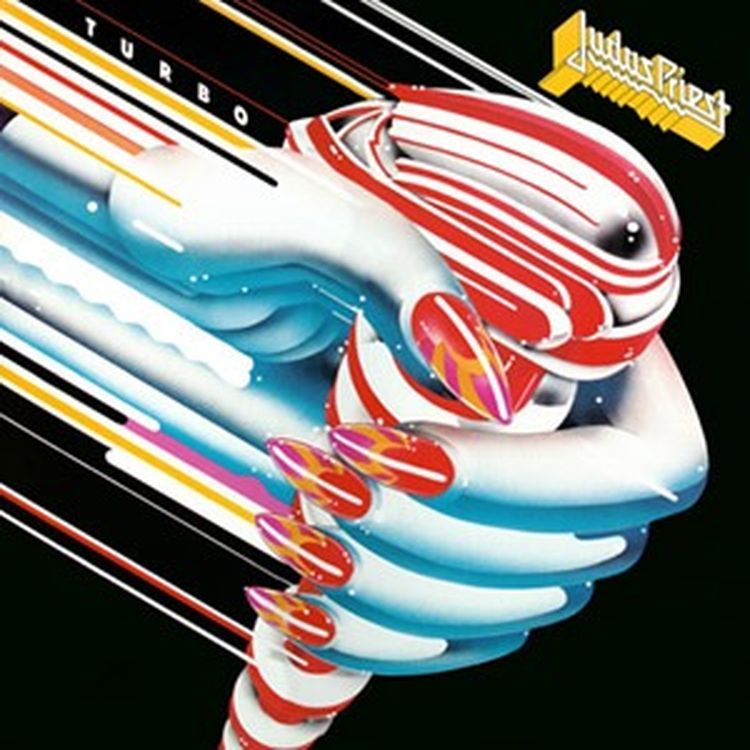
Heavy metal changed dramatically in the mid-80s, pushing Rob Halford and Judas Priest to add synthesizers and glam style. The metal gods used guitar synths for the first time.
The album reached #17 on Billboard but split listeners down the middle. Halford later admitted mixed feelings about this sonic shift.
Though earning gold status in America, sales disappointed compared to earlier hits. Critics saw this change as a grab for MTV airplay.
“Turbo Lover“ stayed in concert setlists despite the band quickly returning to their heavy roots afterward. Metal fans harshly punish what they see as selling out, making this experiment a lesson in balancing new ideas against what fans expect.
4. Disturbed – Evolution

After mainstream success covering Simon & Garfunkel, David Draiman and Disturbed embraced softer sounds in 2018 to appeal to their new fans. The album showed their melodic range through acoustic-driven songs.
Hardcore fans rejected this gentler approach. For the first time since 2002, they missed Billboard’s top spot, landing at #4 with 71,000 units initially.
Their singles got modest radio play without attracting many new listeners while disappointing their core fan base.
Despite underwhelming sales, “Evolution” honored fallen metal stars Chester Bennington and Vinnie Paul. The band learned the dangers of changing styles while paying tribute to lost friends.
3. Suicide Silence – Self-Titled

Career suicide perfectly describes Suicide Silence’s 2017 self-titled album when they dropped deathcore for clean vocals and nu-metal elements. The backlash hit fast and hard.
Sales crashed to just 4,650 copies – a shocking 69% drop from their previous release. The album limped to #163 on Billboard, their worst showing ever.
Singer Eddie Hermida defended their artistic choices while angry fans created petitions against this dramatic change.
This disaster now serves as extreme metal’s textbook case of fan alienation. The group quickly returned to deathcore on “Become the Hunter” in 2020, having learned the most expensive lesson possible.
2. Radiohead – Kid A
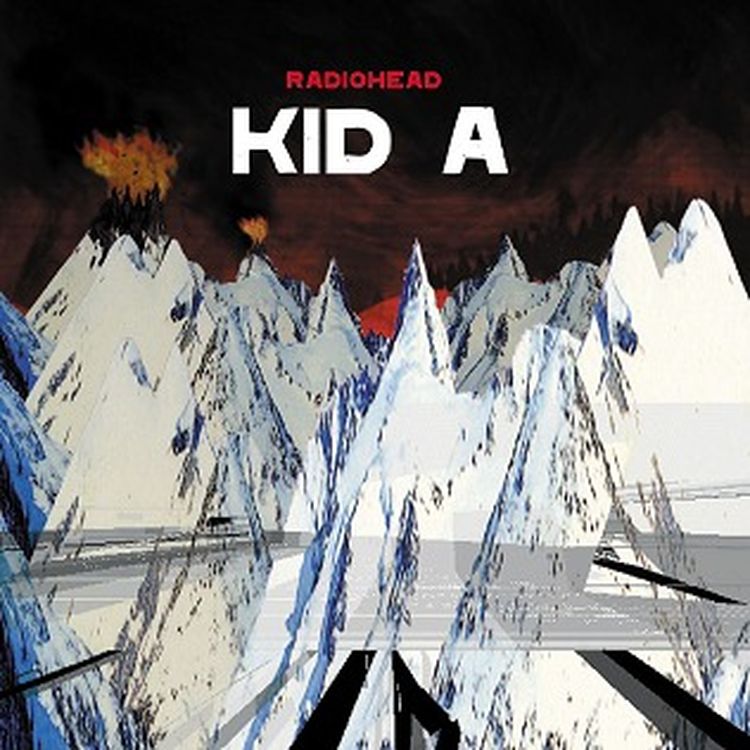
Successful reinvention has a name: Radiohead’s 2000 masterpiece “Kid A.” Thom Yorke abandoned guitar-rock for electronic experiments that initially confused listeners but eventually redefined their legacy.
Traditional instruments gave way to synthesizers and processed vocals, while normal song structures vanished completely.
Critics struggled to understand this radical change at first. The album’s huge influence gradually raised it to masterpiece status as countless artists followed their electronic path.
“Kid A” shows the rewards waiting for truly fearless musical risk-takers. Radiohead didn’t just change their sound – they expanded what rock bands could try, inspiring two decades of boundary-pushing creativity.
1. Metallica – Load

Metal’s kings shocked their kingdom in 1996 when James Hetfield and Metallica traded thrash for blues-rock. After conquering the mainstream, they cut their hair, changed their image, and adopted a southern rock style that blindsided hardcore fans.
Controversial artist Andres Serrano provided an equally shocking cover featuring bodily fluids. This visual choice made their musical direction even more divisive.
Despite hitting #1 and going multi-platinum, Load created a permanent split among fans. The artistic freedom-versus-betrayal debate continues decades later.
Metal magazines reportedly split into warring camps upon release – a “musical divorce” separating those embracing growth from those feeling abandoned. Load remains metal’s most controversial case of artistic vision overriding fan expectations.





